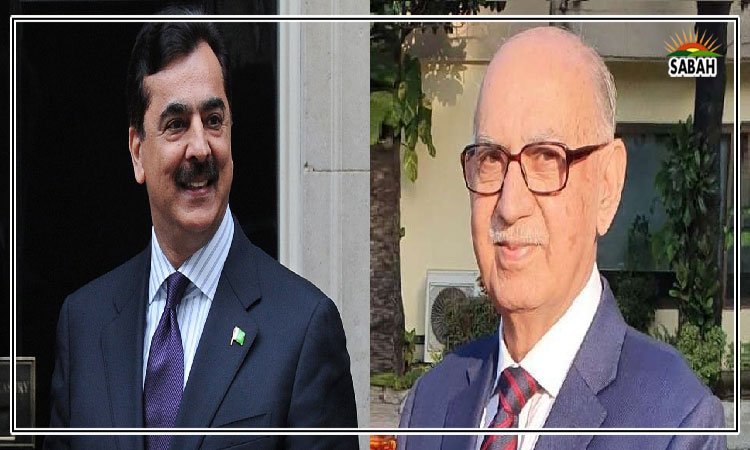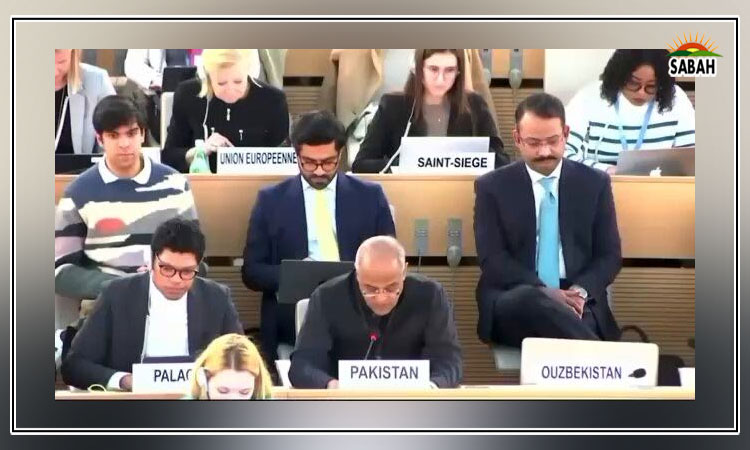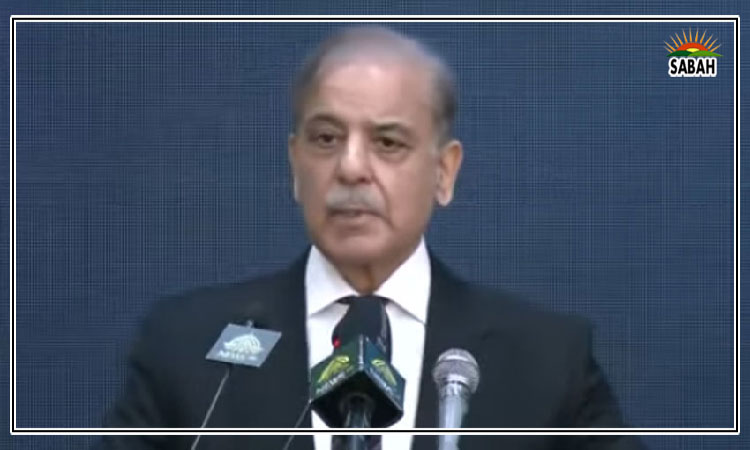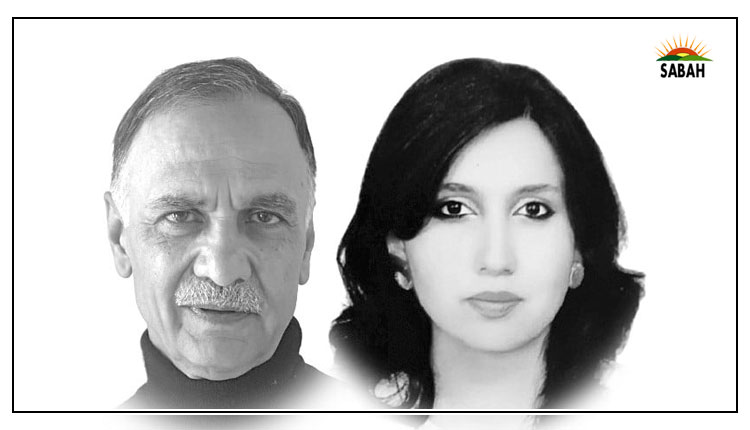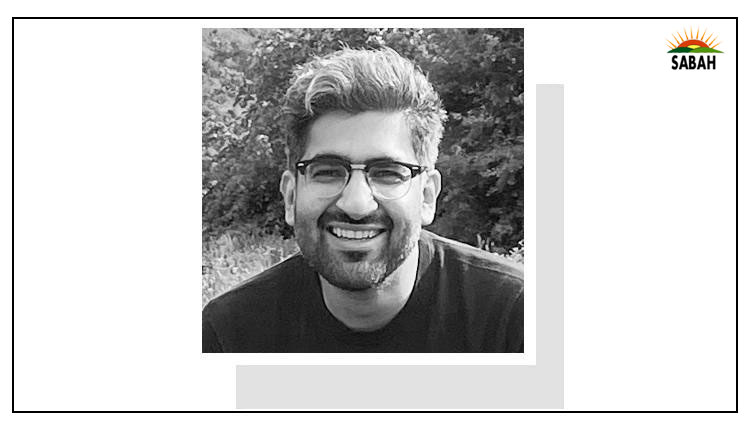Sporting futures….. Umair Javed
PAKISTAN is a one-sport nation, and has been for the better part of five decades. Given its sheer population, underachievement across all other sports is extremely stark. Hockey languishes outside of the Olympics.
The men’s national team, with a decorated legacy, is currently ranked 16th in the world. Arshad Nadeem’s monumental achievement aside, track and field probably had its last competitive moment in the mid-1960s. Boxing and weightlifting are frequent victims of petty organisational politics.
Sports journalists point out a number of factors for this multi-decade trough. Highest on the list is the shambolic use of sporting associations and federations as a source of patronage and graft. The bodies mandated to promote and preserve their sport remain at the mercy of political and military appointments, with sanctity of tenure entirely unrelated to actual achievement. Exemplar cases include political appointments at the football federation, and of course, the three-starred gentleman who sat at the helm of the country’s national Olympic Association for two full decades and oversaw four Olympics with a return of precisely zero medals.
But outside of the world of institutional atrophy and decay, something interesting is happening. Societal interest in sports outside of cricket appears to be growing rapidly. Much of this appearance is gleaned from anecdotes. For example, there are YouTube and Facebook channels solely dedicated to broadcasting live volleyball matches — with considerable crowd turnouts — in rural areas in Pakistan. There are others that show football being played in Balochistan and Khyber Pakhtunkhwa. The most popular ones get views and engagements well into their thousands.
A few weeks ago, Arshad Nadeem’s remarkable success at the Paris Olympics set off a wave of national jubilation. And almost immediately in its aftermath, it triggered an outpouring of social media videos of young men and women throwing a vast array of pointy, stick-shaped objects. It felt like the natural response after watching a rare moment of possibility; a moment when a truly world-class athlete achieves a world-beating feat, despite the burdens this country afflicts on the average household.
This current moment, amidst Arshad’s achievement and cricket’s decay, can act as an inflection point for other sports.
Here’s a slightly more concrete measure of growing interest: June 6 is not a date one would willingly step out for outdoor activity in most parts of the country. Yet, on that date this year, 20,124 supporters of the Pakistan football team showed up to watch their match in Islamabad against Saudi Arabia. In November last year, in admittedly milder conditions, a similar number turned out to watch the hosts take on Tajikistan.
Pakistan lost both of these matches, but in the larger scheme of things, the result was less important. The team played in the preliminary group stages of World Cup qualification for the first time. The experience of playing against much better resourced opposition — including a country that had beaten Argentina in the last World Cup — was likely valuable. Even more revelatory was the demonstration of crowd interest in the face of unkind weather conditions, midweek timings, and a half-completed stadium. People genuinely wanted the collective experience of watching their team live.
This interest owes at least some of its growth to the abject conditions of cricket over the last few years. It was only a matter of time that the institutional decay induced by the Pakistani state’s anti-Midas touch would reach PCB as well. Whatever protection was historically offered by outsized fan interest, of being a one-sport nation, and loads of commercial investment by sponsors, is wearing off.
Politicisation of cricket’s apex appointments and a rank culture of internal nepotism has hollowed out the sport from within. The pipeline for locating, cultivating, and managing talent looks irreparably broken. As a result, this is probably the only team in the world where players hit their playing peak when they’re at their youngest. After that, it’s mostly just internal palace intrigue, slipping athletic standards and mediocre performances. No amount of sponsored social media content can paper over it.
This story of generational disillusionment with cricket isn’t particularly new. Match-fixing scandals, erratic performances, and inexplicable losses contributed to interest attrition and cynicism since the 1990s. But the current wave of fan apathy and exasperation seems qualitatively different. As with the state and the economy, people are just fed up.
This current moment, amidst Arshad’s achievement and cricket’s decay, can act as an inflection point for other sports. Some of the ingredients for such a take-off are already present. There is growing mass interest, with young people starved of viable cultural entertainment. People want to be involved in something that’s bigger than them, and their usual repository for national validation — cricket — is no longer fit for the purpose.
Similarly, social media growth is operating as another catalyst. It offers a window into what others may be interested in and opens up a door for communities of shared interests to emerge. Like those YouTube channels mentioned earlier, this connectivity enables cultivation of such interests, often with critical insight. Sitting in Lahore, I now know there is a volleyball star by the name of Aneel Chand who draws in hundreds of people to his matches in Bhakkar.
There is much that a state can do to enable this — provide funding, better management and more public spaces for men and women, and build basic infrastructure. State-led programmes for sporting progress have been quite successful in other parts of the world.
However, the chances of any of this happening here are extremely low. The Pakistani state is neither accountable nor ideologically invested enough in channelling its energy towards sporting achievement. In its current incarnation, it will only hamper progress. The best it can do is simply offer some space and move out of the way; the people will find a way to make their energies and their interests count.
The writer teaches sociology at LUMS.
X: @umairjav
Courtesy Dawn, September 2nd, 2024






